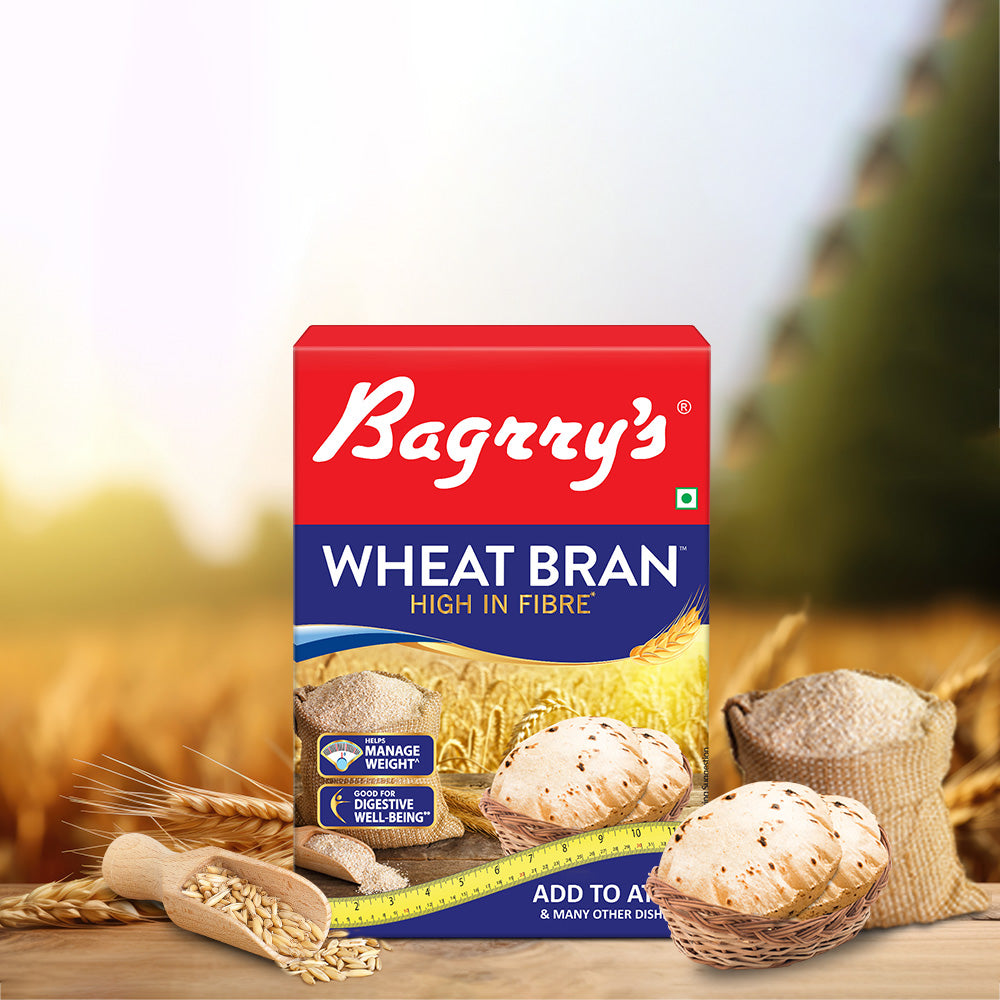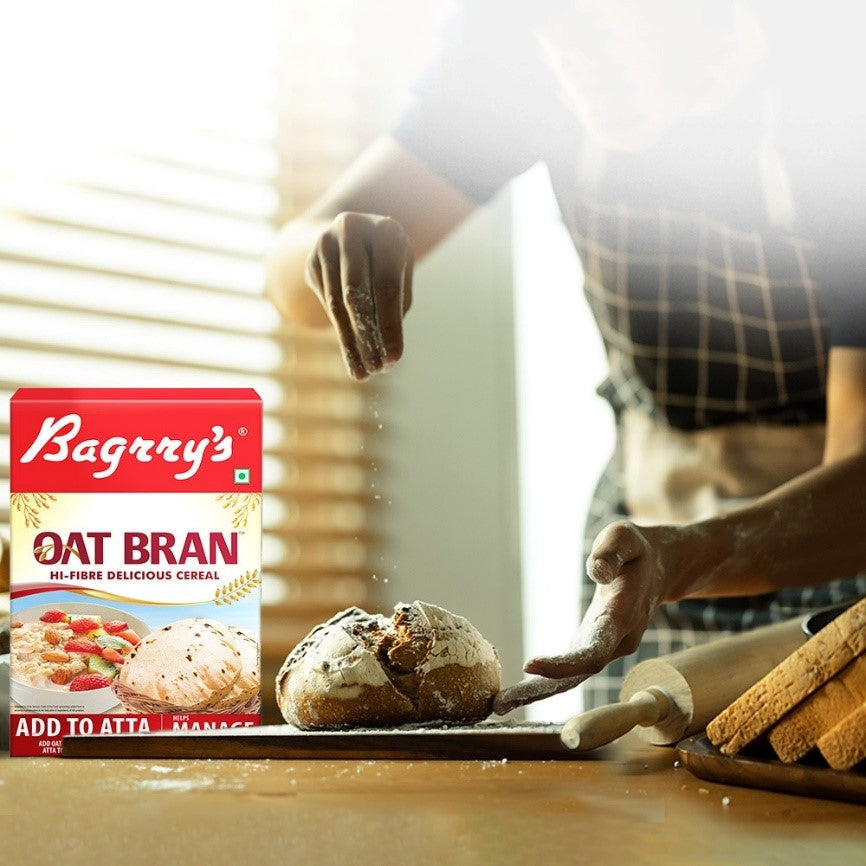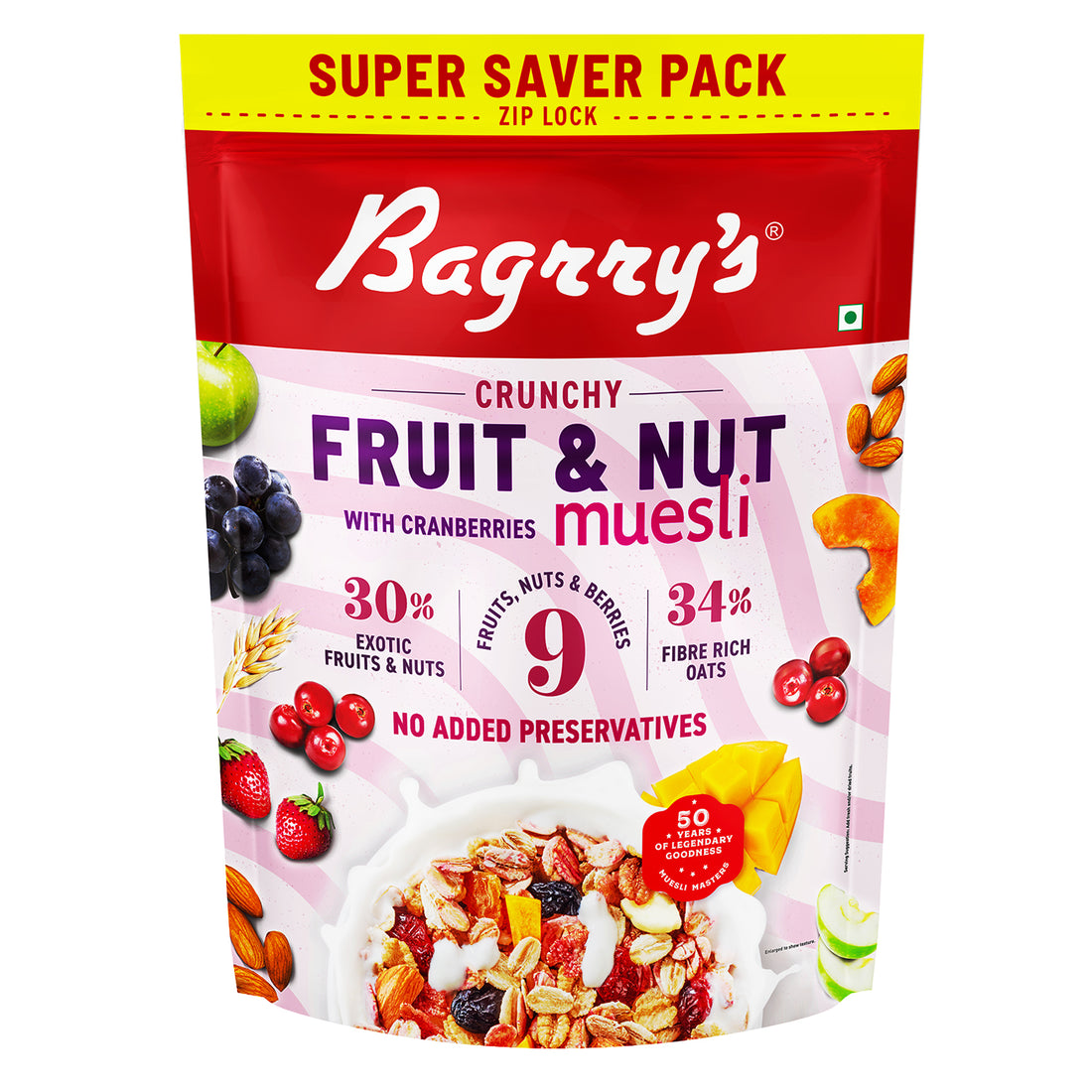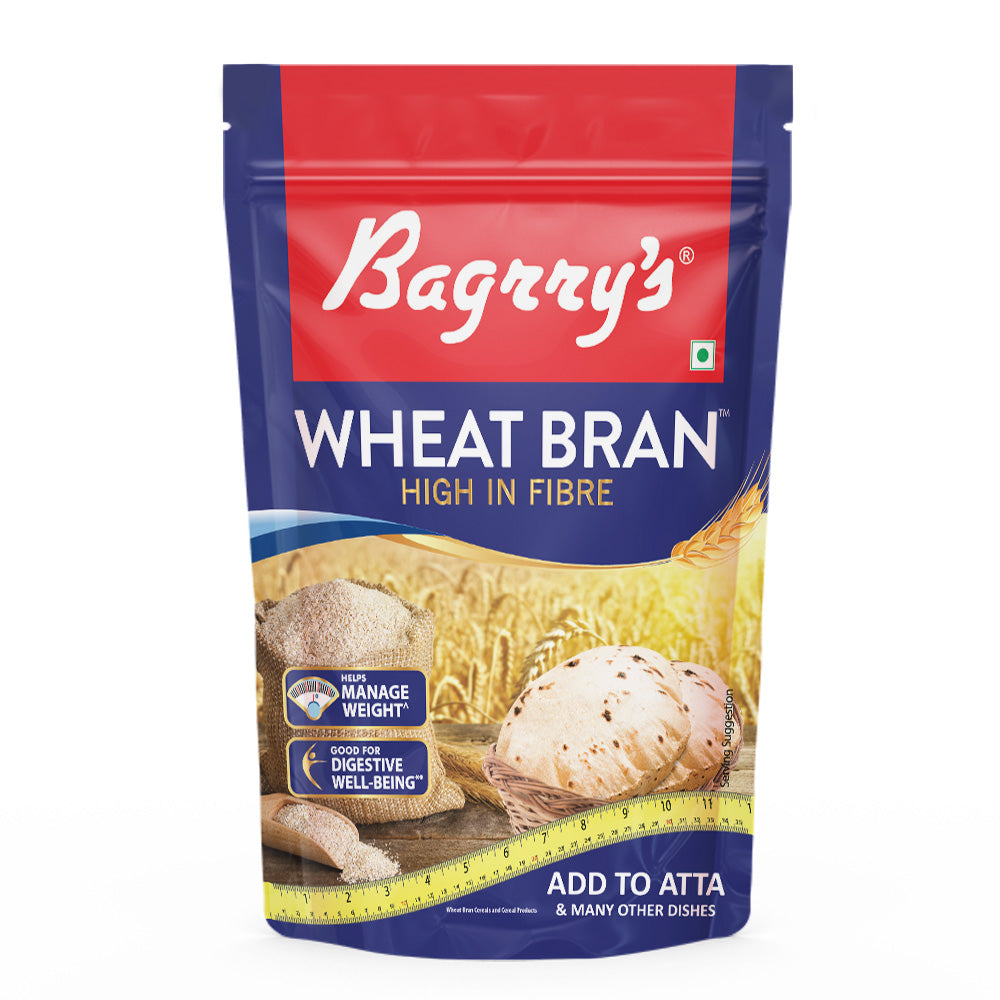What is Bran?
Bran is a great source of fibre. Bran is the hard outer covering of wheat kernels. During the milling process, the bran is separated from the wheat kernel and becomes a byproduct.
Wheat bran contains insoluble fibre, which can help eliminate or prevent constipation
and maintain regular bowel motions. It is moderate in total fat, saturated fat, and cholesterol, as well as an excellent source of plant-based protein.
Benefits of Wheat Bran
- Rich source of insoluble fibre: wheat bran is a valuable dietary source of insoluble fiber, which plays a crucial role in supporting digestive health. Its ability to add bulk to stool and promote efficient bowel movements makes it an effective remedy for constipation and contributes to overall gastrointestinal well-being. By incorporating wheat bran into a balanced diet, individuals can support optimal digestive function and enjoy the benefits of a healthy gut.
- Acts as prebiotic: By acting as a prebiotic and promoting the growth of healthy gut bacteria, wheat bran contributes to overall gut health and reduces the risk of developing colon cancer. Including wheat bran in the diet as part of a balanced and fiber-rich regimen can support optimal digestive function and help maintain a healthy microbiome, ultimately contributing to long-term wellness and disease prevention.
- Help lower total cholesterol: Wheat bran's role in lowering total cholesterol and triglyceride levels is primarily attributed to its high content of soluble fiber. Soluble fiber has the remarkable ability to bind to cholesterol molecules in the digestive tract, preventing their absorption into the bloodstream. As a result, soluble fiber effectively reduces circulating cholesterol levels, including both total cholesterol and low-density lipoprotein (LDL) cholesterol, commonly referred to as "bad" cholesterol.
- Rich in nutrients: Wheat Bran is rich in potassium, magnesium, phosphorus, selenium and manganese. Wheat bran also has a decent amount of zinc and copper. Including wheat bran in the diet provides a convenient and nutrient-rich way to boost intake of these essential vitamins and minerals. Whether added to baked goods, sprinkled over yogurt or cereal, or incorporated into homemade granola bars, wheat bran can contribute to a well-rounded and balanced diet that supports overall health and vitality.
Bagrry's Wheat Bran is a high-nutrition, fibre-rich cereal. It may improve digestive and cardiovascular health.

How to Eat Wheat Bran
- Bagrry's Wheat Bran is a versatile ingredient in baked dishes. There are several ways to incorporate Bagrry's wheat bran into your diet.
- It can be added or substituted for a portion of the flour to improve flavor, texture and nutrients.
- Wheat bran may also be sprinkled into smoothies, yogurt, and hot cereals.
- Wheat Bran can also be added to muffins and bread recipes.
- With Bagrry’s Wheat bran you can add to cookies and chocolate chips.
- With wheat bran you can make Wheat Bran Paratha & Wheat Bran Tortilla Wraps.
Since it has its high fibre content, introducing wheat bran into your diet too rapidly may cause digestive distress. As a result, it's advisable to start slowly and gradually increase your consumption while allowing your body to acclimate.
Also, when you increase your fibre consumption, make sure to drink lots of water to ensure proper digestion.









